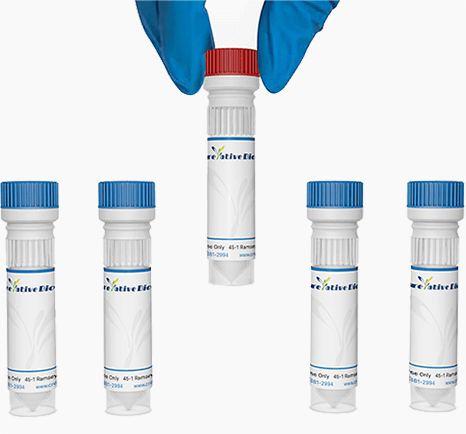Key Details
| Catalog | MAS-0124-YJ47 |
| Applications | IHC; IF; FuncS; WB; ELISA; Neut |
| Host | Human |
| Reactivity | C. botulinum |
| Clonality | Monoclonal |
| Conjugations | Conjugation could be customized |
Overview
Properties
Target
Overview
| Description | Clones DS2, DS3, DS4 and DS5 are human monoclonal IgGs recognizes C. botulinum BoNT/A heavy chain C-terminal (CT) binding domain. DS2 has cross reactivity to the BoNT/A2 and /A3 subtypes. |
| Reactivity | C. botulinum |
| Applications | IHC; IF; FuncS; WB; ELISA; Neut |
| Host | Human |
| Immunogen | C. botulinum neurotoxin type A |
| Epitope | C-terminus |
| Isotype |
DS2, DS3: Humanized IgG1 kappa DS4, DS5: Human IgG1 |
| Clonality | Monoclonal |
| Clone | DS2; DS3; DS4; DS5 |
| Dilutions | ELISA: 0.1-1000 ng/mL |
Properties
| Expression Host | HEK293F/CHO |
| Conjugations | Conjugation could be customized |
| Purification | Protein A/G affinity purified is the regular method |
| Purity | SDS-PAGE> 95% |
| Endotoxin Level | Endotoxin level could be customized |
| Form | Liquid (frequently-used) or lyophilized |
| Concentration | About 1mg/ml. There are differences between batches. Special concentration could be customized. |
| Sterility | 0.2 μM filtered |
| Buffer | See the Datasheet |
| Storage | See the Datasheet |
Target
| Target | C. botulinum BoNT/A Hᴄ |
| Alternative Names | BoNT/A; Botulinum neurotoxin type A; C. botulinum BoNT/A Heavy Chain; BoNT; Botulinum neurotoxin; BotA; Heavy chain; HC; BoNT/A HC; C-terminal (CT) binding domain; Clostridium botulinum |
| Introduction | Botulinum neurotoxin type A is one of the seven serotypes of Botulinum Neurotoxins (BoNTs) produced by various strains of Clostridium botulinum (1, 2). BoNTs are synthesized as inactive single chain protein precursors and activated by proteolytic cleavage to generate disulfide-linked two-chain proteins. The 50 kDa light chain contains the catalytic domain, whereas the 100 kDa heavy chain contains an internal translocation domain and a receptor binding domain (3). BoNTs are the most potent protein toxins for humans. As zinc proteases, they cleave SNARE proteins to elicit flaccid paralysis in botulism by blocking acetylcholine release at the neuromuscular junction (2‑4). E. coliexpressed recombinant light chains are active proteases. However, they are not toxic because they cannot enter into host cells in the absence of the heavy chains. |
| Organism | Bacteria |
| Related Disease | Flaccid paralytic disease |
| Infections Route | Cutaneous; Inhalation; Gastrointestinal; Injection |
Online Inquiry
